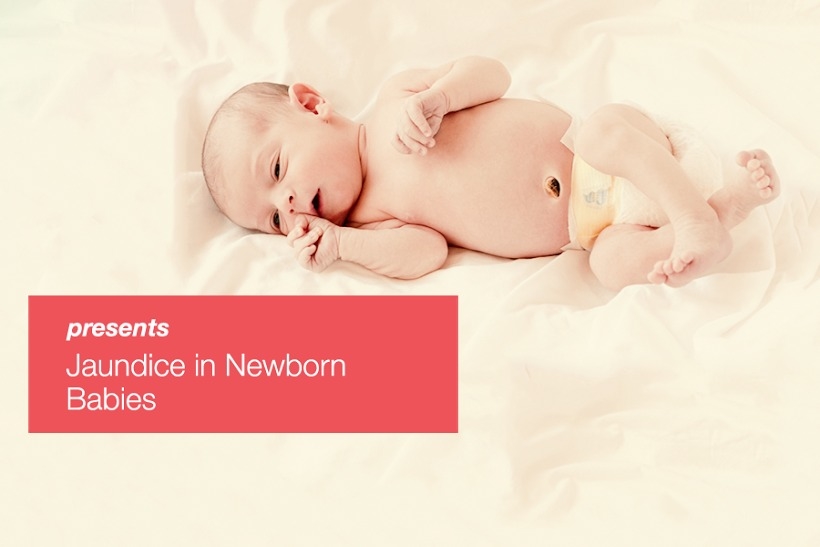
All you need to know about Jaundice in Newborn Babies – Part 1
14 Jul 2016 | 3 min Read
Dr. Savita Chaudhary
Author | 2 Articles
After nine months of hard work, your baby finally gets to see the light of the world. Isn’t it our responsibility to ensure that the baby is born fully healthy and ailment-free? Jaundice in newborn babies (neonatal jaundice) is a common incidence in today’s times. A senior pediatrician tells you what could you do to avoid this condition.
What is Jaundice? Why do newborn babies often have Jaundice at birth?
Jaundice is the name given to yellow discoloration of the skin and sclera (white colored area) of the eyes and is very common in newborn babies. It is usually harmless and clears up in most babies after 10-14 days. It occurs in almost 60% of term babies and 80% of preterm babies. There are two types of jaundice in newborn babies:
Physiological caused by natural processes and is the most common.
Pathological caused by underlying health disorders.
Physiological Jaundice
This is caused from increased breakdown of excess red blood cells in newborn which produces yellow pigment called Bilirubin.
The newborn liver is not mature enough to breakdown this excess bilirubin and hence the yellow discoloration of skin appears. It presents when new born is 2 or 3 days old and begins to disappear towards the end of the first week and resolves usually by 10th day.
Yellowish discoloration starts from the face and proceeds downwards. The bilirubin level usually is not very high. However, the bilirubin level may increase if the baby is premature or if there is increased red cell breakdown – example- extensive bruising, cephalohaematoma, underlying blood disorders.
Pathological Jaundice
This is due to an underlying liver disorder, congenital infections, maternal diseases or blood group incompatibilities (ABO & Rh). This might lead to early onset of Jaundice (within 24 hours) or, prolonged Jaundice (after 14 days of birth).
The risk of developing significant neonatal jaundice is increased in cases of:
- Low birth weight: premature and small for dates.
- Exclusively Breast-fed babies.
- A previous sibling with neonatal jaundice requiring phototherapy.
- Infants of mothers who have diabetes.
- Blood group incompatibilities between mother and baby
How can Jaundice be harmful to your baby?
In most cases jaundice is mild, and does not cause harm to the baby. If bilirubin levels are very high and jaundice is left untreated, it may affect the brain and cause:
- Seizures and muscle spasms (e.g. back arching)
- Delays in development
- Deafness
- Physical and intellectual disability
To prevent bilirubin rising to a dangerous level, treatment of moderate levels of jaundice is recommended to avoid possible health disorders.
When should you contact your doctor?
You should contact your doctor if you notice your baby has:
- Yellowing of the skin, particularly within the first 24 hours after birth
- Jaundice that re-appears after initial treatment (usually called rebound jaundice)
- Skin yellowing that is spreading further over their body
- Jaundice that is still there 14 days after birth
- Pale chalky-colored stools
- Dark yellow urine or lack of urine
- Poor feeding
- Lethargy or listlessness
To understand methods for prevention and cure, stay tuned for the next in this series.
This article is sponsored by: W Pratiksha Hospital
Explore the entire collection of articles:Baby’s Health
If you are reading this article on our website and have an Android phone, please download our APP here for a more personalised experience based on your lifestage.
A


Suggestions offered by doctors on BabyChakra are of advisory nature i.e., for educational and informational purposes only. Content posted on, created for, or compiled by BabyChakra is not intended or designed to replace your doctor's independent judgment about any symptom, condition, or the appropriateness or risks of a procedure or treatment for a given person.
